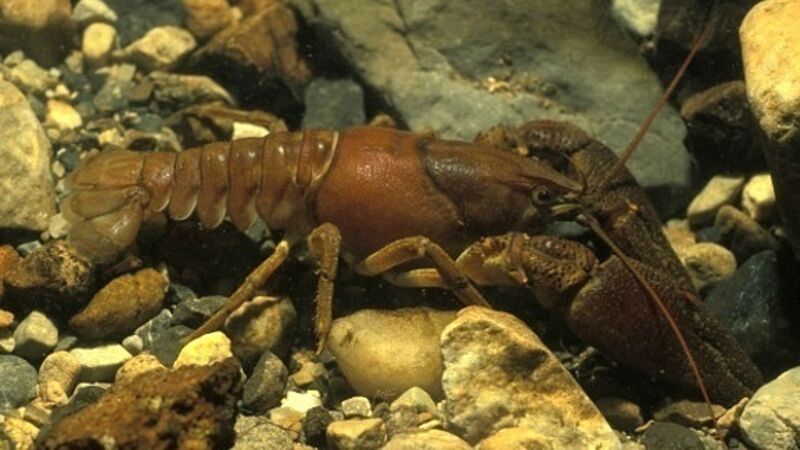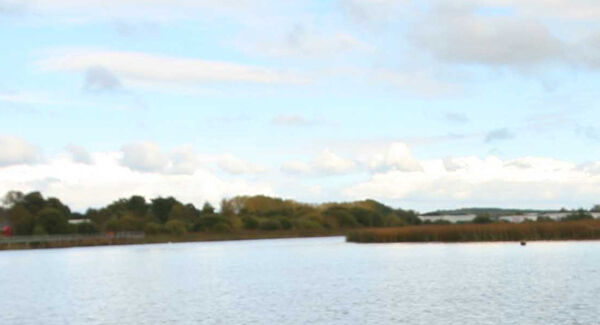Crayfish threatened by plague

Even if much of our native wildlife in Ireland is at risk — in some cases critically endangered — certain species, which have been wiped out elsewhere, could be making their last stand for survival.
Last week, we highlighted the importance of our freshwater pearl mussel and now there’s a serious situation facing our freshwater, white-clawed crayfish.
This crayfish is a globally-threatened species and we hold one of its largest surviving populations. The only freshwater crayfish species found in Ireland is in lakes, rivers and streams over much of the country.
All water users along the Shannon are being urged to take precautions after an outbreak of deadly crayfish plague on a stretch of the Al river, one of the main tributaries to the Shannon, in Athlone.

The Marine Institute says further analyses are still ongoing to establish if there are any links between this and previous outbreaks.
In its European range, the species has been decimated by the plague, which spread to Europe with the introduction of North American species of crayfish. Until 2015, Ireland was considered free of the disease and we are still the only European country without any established non-native crayfish species.
Other fish and freshwater animals are not affected as the disease only infects species of crayfish and it can kill an entire crayfish population in a stretch of river.
The disease is spread invisibly in water and it can be moved to other river and lake systems on equipment, boats and machinery
It comes from North American crayfish which are now widespread in the UK and the continent. To date, there are no known records of these American species here and it is against the law to bring them into Ireland, to sell them, distribute them or release them.
This is the seventh confirmed outbreak of the disease in Ireland since it was first found, in 2015, in Co Cavan, followed by four separate confirmed outbreaks, in 2017, and one confirmed outbreak in Northern Ireland earlier this year. How the disease could have come to the River Al is not known.
Heritage Minister Josepha Madigan has put before the Oireachtas new regulations that will strengthen existing protection measures for native crayfish, particularly regarding the importation of non-native species of crayfish.
NEW regulations to protect native freshwater crayfish that will have an immediate impact in providing authorities with powers to prevent arrival & spread of 5 non-native crayfish included on EU list of IAS of Union concern @DeptAHG https://t.co/gxH8rTwEOX #CrayfishPLague pic.twitter.com/ywnvAUss0R
— Biodiversity Ireland (@BioDataCentre) November 15, 2018
Anyone involved in activities in the Al and Shannon should observe the ‘check, clean and dry’ protocol once they leave the river and before visiting any waterway again.
All wet gear, boats, clothing and equipment should be checked for any silt or mud, plant material or animals before being thoroughly cleaned and dried. Disinfectant or hot water (over 40C) should be used to clean all equipment, followed by a 48-hour drying period at least.













